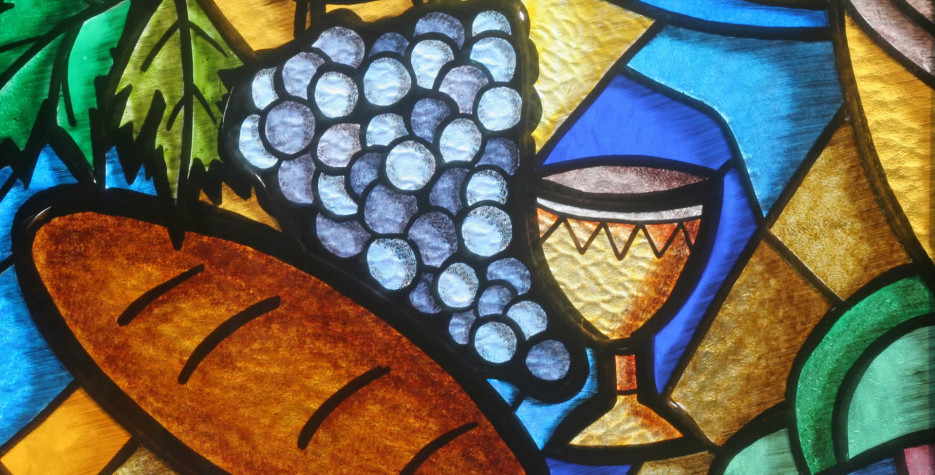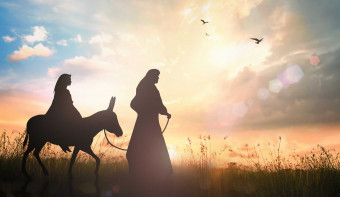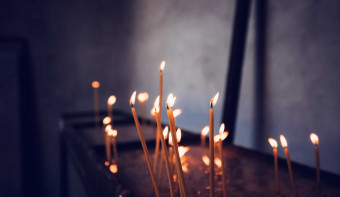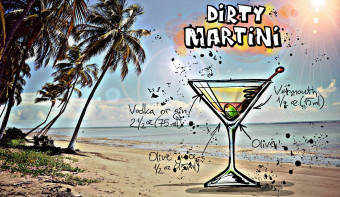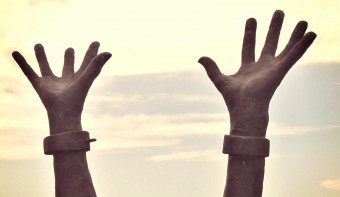About Corpus Christi
When is Corpus Christi?
The Feast of Corpus Christi ("Fronleichnam" in German) is a Catholic festival celebrated on the second Thursday after Whitsun. Specifically, this Catholic holiday is celebrated on the Thursday that follows the ninth Sunday after the first full moon of spring in the northern hemisphere. In some countries, this holiday has been moved to the following Sunday to adapt to the work calendar.
Corpus Christi means the Body of Christ and refers to the elements of the Eucharist also called the Holy Communion, Last Supper or Lord's Supper.
History of Corpus Christi
The emergence of Corpus Christi as a Christian feast didn't happen until the second half of the thirteenth century with the efforts of a nun called Juliana of Liège.
Since childhood, Juliana had been claiming that God had been telling her that there should be a feast day for the Eucharist and eventually she petitioned the Bishop of Liège. In those days bishops could order feasts in their local dioceses. The bishop agreed to the feast and convened a synod in 1246 and ordered that a celebration of Corpus Christi should be held annually.
The Corpus Christi celebration only started to become more widespread after both Juliana and the Bishop had died. In 1264 Pope Urban IV issued the papal bull Transiturus in which Corpus Christi was made a feast throughout the entire Latin Rite.
Corpus Christi is primarily a Roman Catholic feast, but it is also acknowledged in the calendar of a few Anglican churches, most notably the Church of England. It is also celebrated by some Western Rite Orthodox Christians. Across many parts of medieval Europe, Corpus Christi was a popular time for the performance of mystery plays.
Along with Lent, Advent, Easter, Pentecost and Christmas, Roman Catholic Bishops have a duty to be present at their cathedrals on Corpus Christi.
Corpus Christi Traditions around the World
Barcelona
A curious tradition takes place in Barcelona and in several villages in Catalunya on Corpus Christi. Known as ‘l’Ou com Balla’ (in English ‘the Dancing Egg’), eggs are balanced atop the water coming out of the fountains in cloisters of churches, as well as in some gardens and courtyards of public buildings. As if that wasn't special enough, the water in the fountains is often dyed a special colour, as well as being decorated with flowers and seasonal fruits.
Very little is known about the origin of the ‘Ou com Balla’ tradition. The first theory is that the egg represents the Eucharist (which bread and wine and little in the way of dairy products), whilst say it represents fertility and the rebirth of new life. The custom began in Barcelona Cathedral between the 15th and 17th centuries.
Seville
In Seville, Spain, the festival is also known as the ‘Thursday that shines brighter than the sun.’
Valencia
In Valencia, Spain, Corpus Christi is one of the major festivals. It was first celebrated in 1335 and continuously since 1372. Rich in symbolism and representations about the mystery of life, harking back to the mystery plays of the middle ages, the festival takes place on the streets of Valencia on the eighth Sunday after Easter Sunday.
Mexico
In Mexico, as in other Latin American countries, the celebration of Corpus Christi is carried out with various processions. It is customary for children to be dressed as "inditos" on this day. The costume consists of wearing a blanket camisole and a moustache painted with burnt cork. The girls wear a skirt, also called a chincuete, and both decorate their clothes with guaraches and baskets full of fruit or sweets.
The custom of Corpus Christi dates back to the first settlers, who on the days of the festival, arrived at the center of the city accompanied with their mules, adorned with flowers or colored fabrics, in turn, loaded merchandise to be sold to the population.
Similar Observances
Other Observances on June 19th 2025
World Sickle Cell Awareness Day
Read More
Juneteenth
Read More


